Scotland is home to some of the most enchanting ancient castles and historic villages in the world. Steeped in mystery, each location tells stories of a bygone era, rich with history and charm. Visitors are captivated by the blend of rugged landscapes and preserved architecture that dots the countryside. Exploring these sites feels like stepping back in time, offering a glimpse into Scotland’s storied past. With each castle and village, a unique chapter of history awaits discovery.
Dunnottar Castle
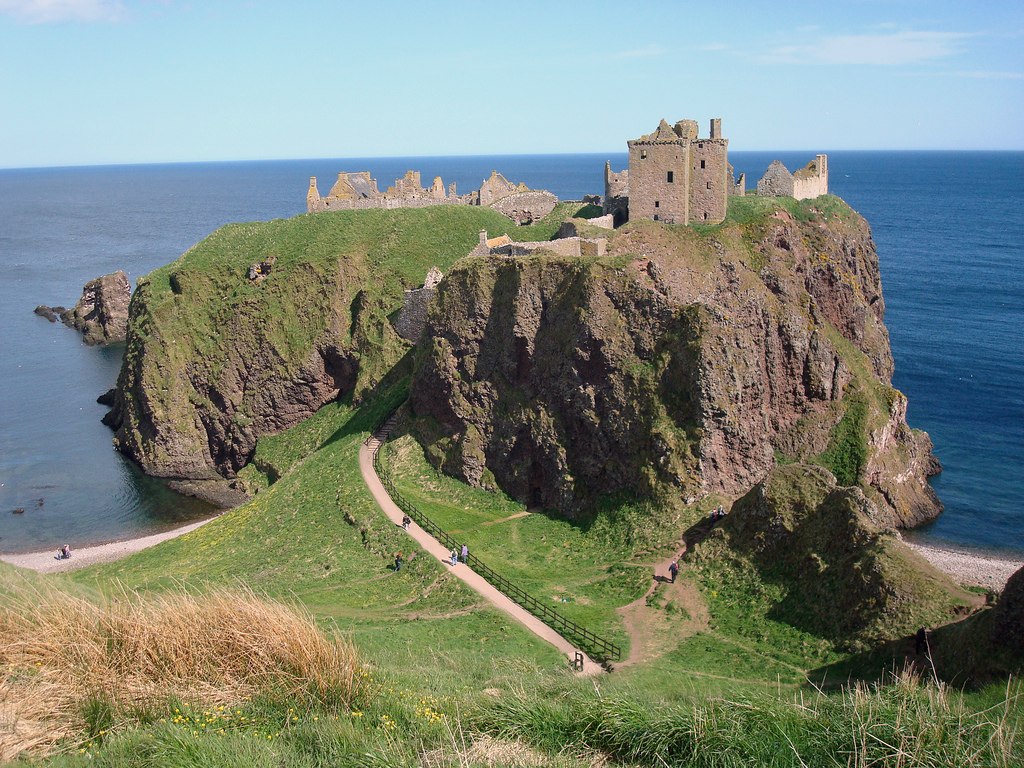
Located on a dramatic cliffside overlooking the North Sea near Stonehaven, Dunnottar Castle dates back to the 15th century, though its roots reach as far back as the Dark Ages. This fortress has witnessed pivotal events, including the hiding of the Scottish Crown Jewels from Cromwell’s army. The castle’s rugged location and historical significance make it a must-visit for history buffs and photographers alike. Open to the public year-round, visitors can explore the ruins and learn about its storied past. The walk to the castle involves a steep path, adding a touch of adventure to the visit.
Eilean Donan Castle
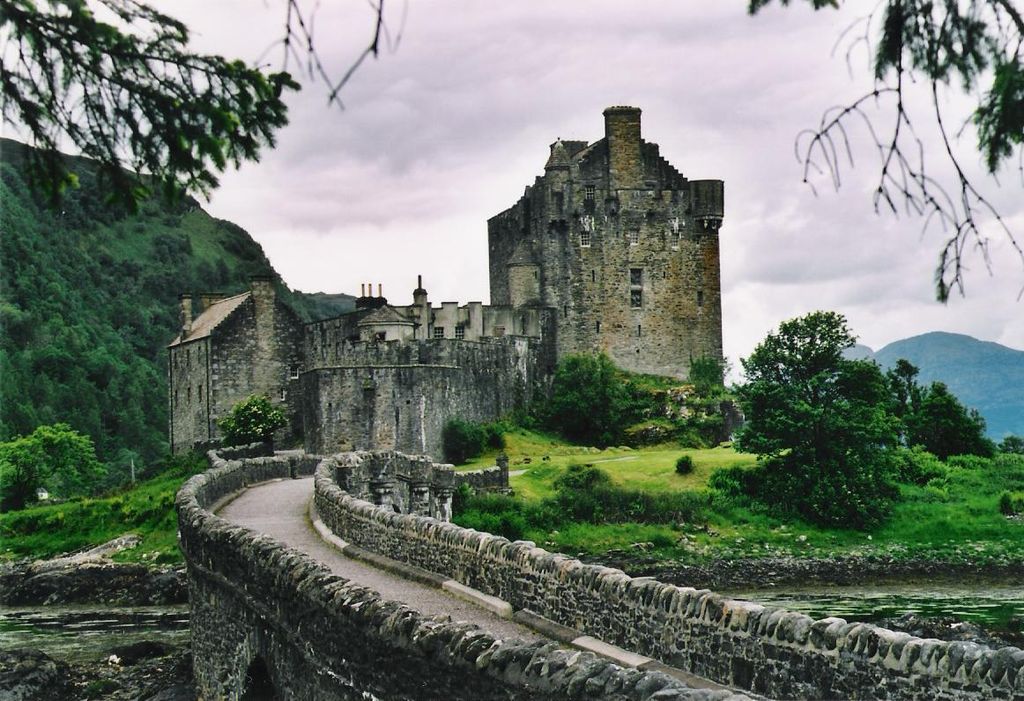
Situated on a small tidal island where three sea lochs meet, Eilean Donan Castle is one of Scotland’s most photographed castles, located near the village of Dornie. Originally built in the 13th century to protect against Viking invasions, it was restored in the early 20th century and remains in excellent condition. Eilean Donan is open to visitors who can explore the inside rooms and learn about its storied past through exhibits. The picturesque setting surrounded by water makes it especially enchanting at sunset. This iconic castle is not only a tourist favorite but also frequently appears in films and TV shows.
Stirling Castle
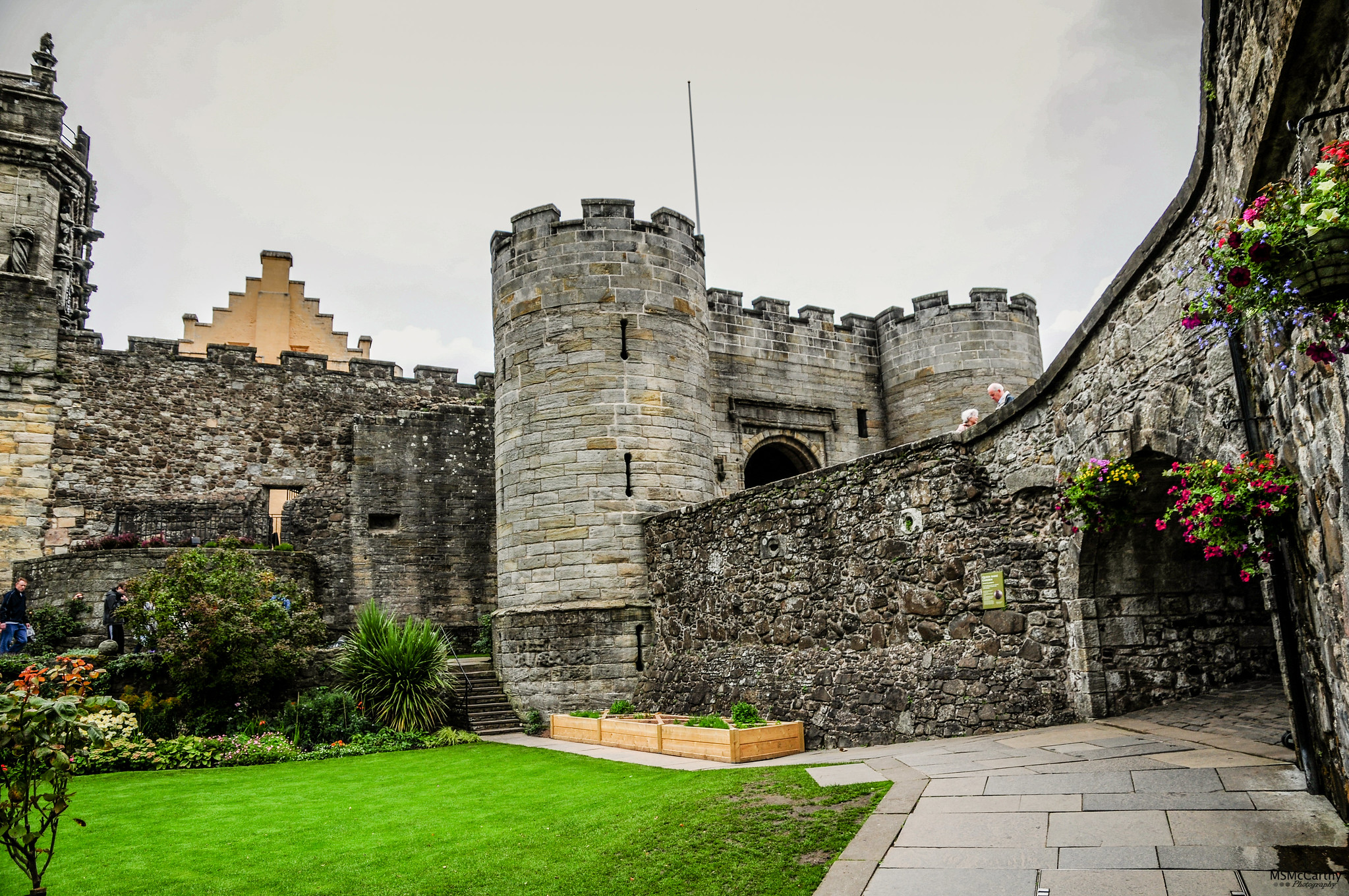
Perched atop Castle Hill in Stirling, Stirling Castle is one of Scotland’s grandest castles, with origins in the 12th century. It has been home to many Scottish kings and queens, including Mary, Queen of Scots, and has seen significant battles in the Wars of Independence. The castle is fully open to the public and offers a glimpse into Scotland’s royal history, with grand halls, intricate tapestries, and costumed guides. Its strategic location provided a vital link between the Highlands and the Lowlands, adding to its historical importance. Visitors can enjoy panoramic views from the walls, making it a scenic as well as cultural experience.
Culross Village
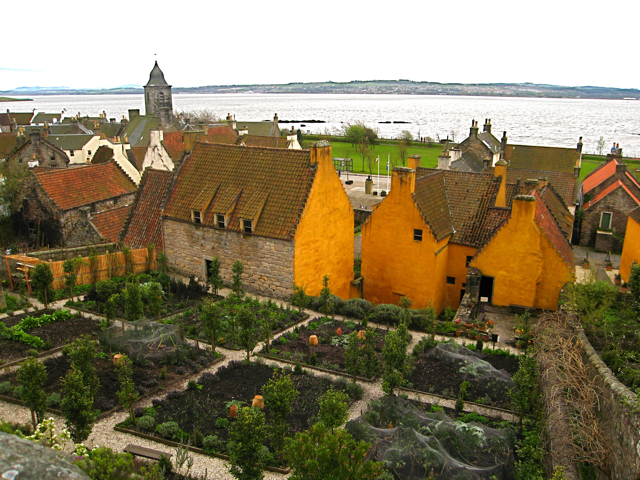
Culross, a beautifully preserved 17th-century village on the Firth of Forth, feels like a step back in time with its cobbled streets and historic houses. Known for its charming mustard-yellow palace and the Culross Abbey, the village captures the essence of a traditional Scottish community. Managed by the National Trust for Scotland, it’s open to the public and often used as a filming location due to its authentic period setting. The palace’s interiors offer insight into early modern life, and the gardens are a delight to explore. Culross is ideal for a leisurely stroll with a historical twist.
Urquhart Castle
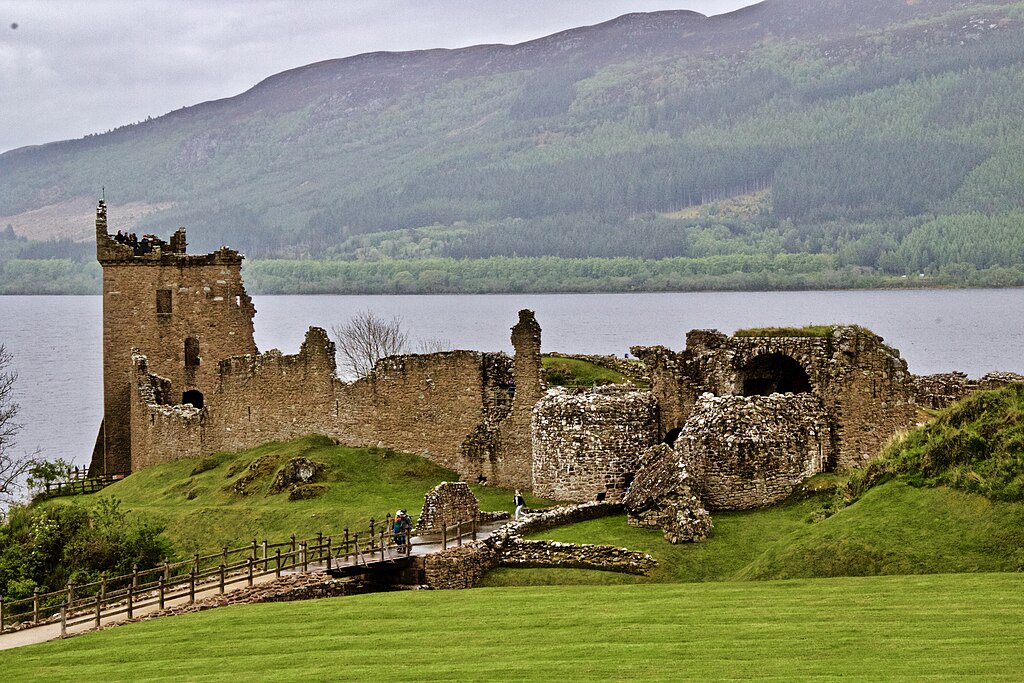
Nestled on the banks of Loch Ness near Drumnadrochit, Urquhart Castle has a history dating back to the 13th century. Although now in ruins, the castle has played a significant role in Scottish history, particularly during the Wars of Scottish Independence. Open to the public, visitors can explore the ruins and enjoy stunning views of Loch Ness, perhaps even catching a glimpse of the legendary Nessie. The visitor center offers exhibits detailing the castle’s history and local legends. Its setting along the loch adds to the mystique and makes it a popular spot for both history and nature lovers.
Glamis Castle
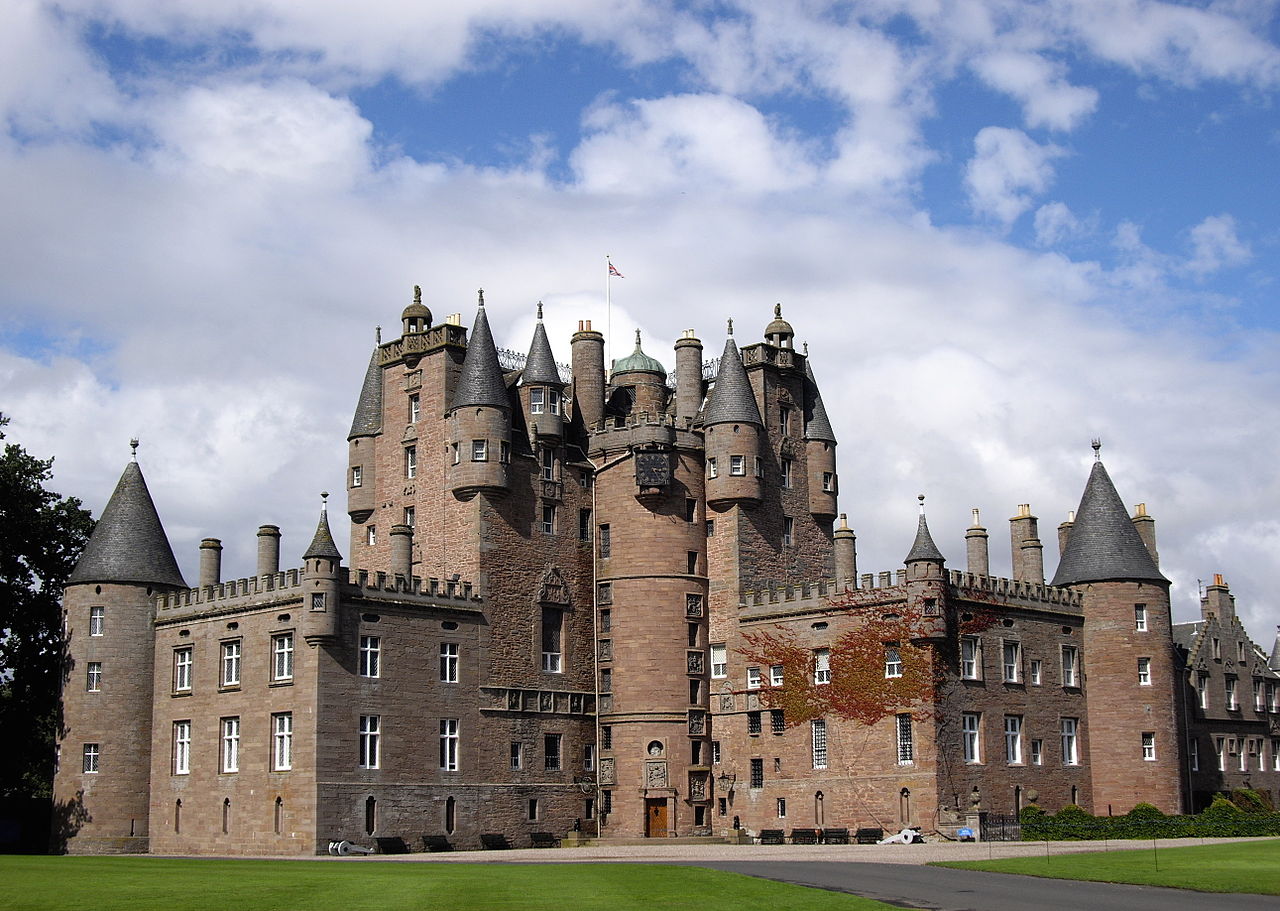
Situated in Angus, Glamis Castle is famous as the childhood home of the Queen Mother and the legendary setting for Shakespeare’s *Macbeth*. The castle dates back to the 14th century and boasts one of the most intriguing and possibly haunted histories in Scotland. Open to the public, it offers guided tours through its grand rooms, with tales of ghosts and royal connections. The surrounding grounds are equally impressive, featuring gardens, woodlands, and even a maze. Its mix of historical importance and mythical charm makes it a favorite among visitors.
Crail Village
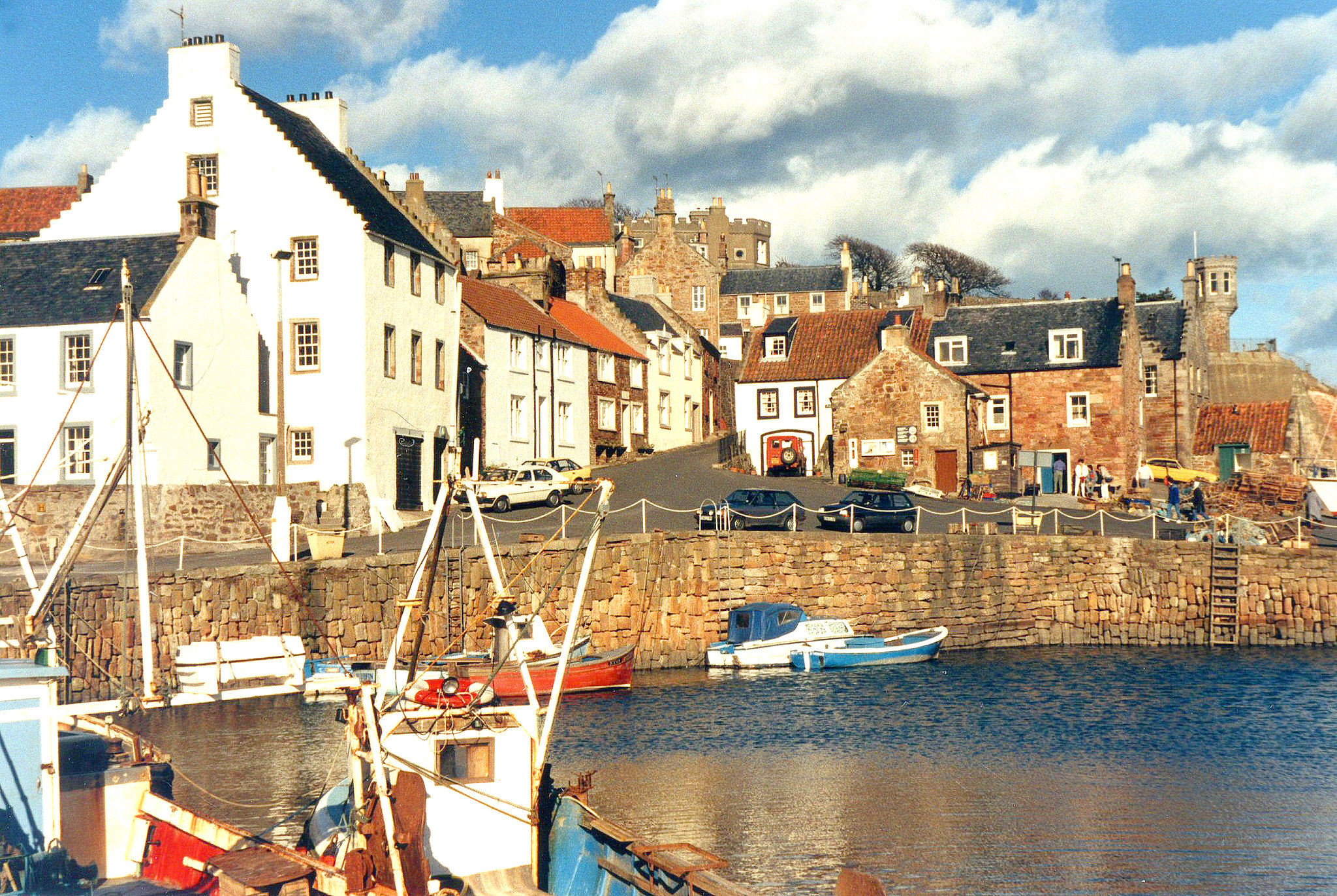
Crail is a quaint fishing village on the East Neuk of Fife, known for its traditional whitewashed cottages and picturesque harbor. Its roots date back to medieval times, and it has long been a hub for fishing and trading. The village is open to visitors, who can stroll through its narrow streets, visit local galleries, and even sample fresh seafood by the harbor. Crail’s historical church and market cross are noteworthy landmarks. This village offers a peaceful, scenic escape with a charming glimpse into coastal life.
Edinburgh Castle
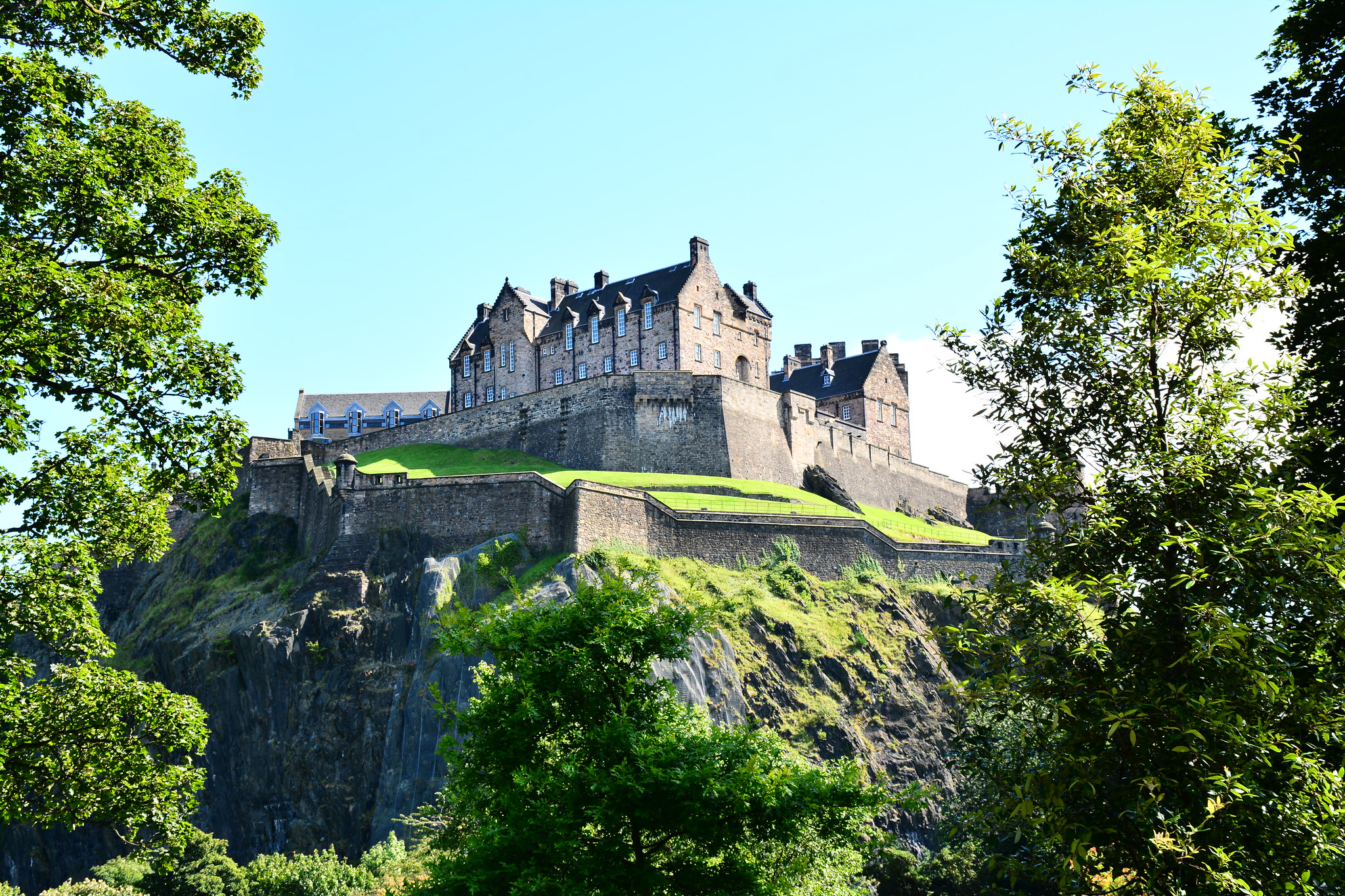
Towering over the city on Castle Rock, Edinburgh Castle is one of Scotland’s most famous landmarks and has origins that go back as far as the Iron Age. The castle has played a central role in Scottish history, from royal residence to military stronghold. Open to the public, it houses the Crown Jewels and the Stone of Destiny, as well as panoramic views of Edinburgh’s skyline. The castle’s history is brought to life with exhibitions, live reenactments, and knowledgeable guides. It’s a must-see for anyone visiting Scotland’s capital.
Inveraray Castle
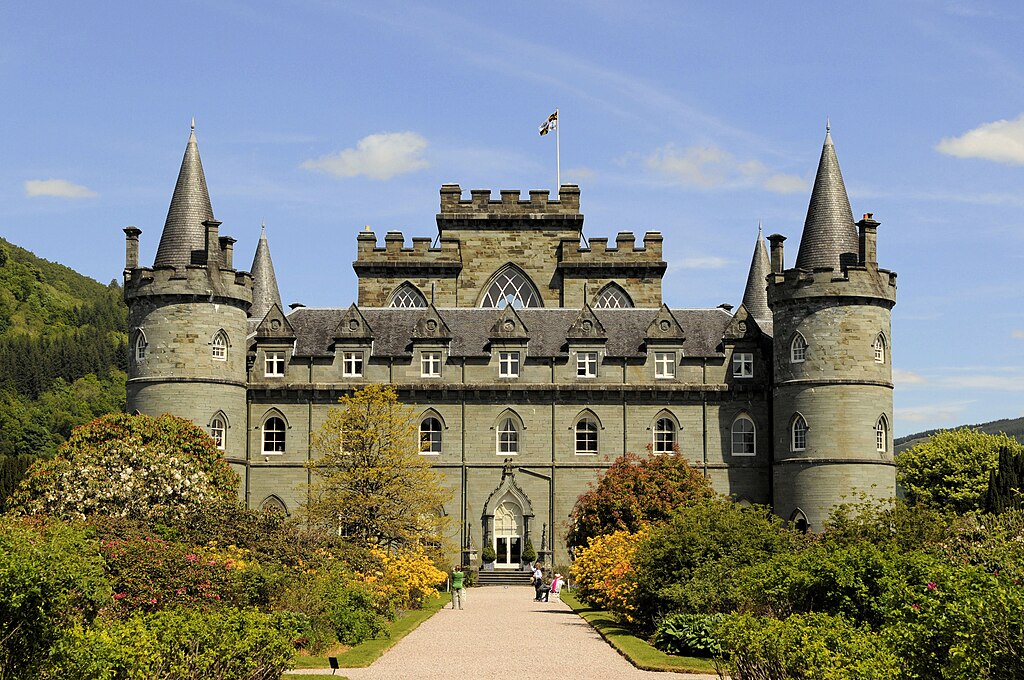
Situated on the shores of Loch Fyne, Inveraray Castle is the ancestral home of the Duke of Argyll, head of the Clan Campbell. Built in the 18th century, this Gothic Revival castle is renowned for its opulent rooms and extensive art collection. Open to visitors, the castle offers tours of its lavish interiors, including the grand dining room and armory hall. The gardens and surrounding parkland are also open for exploration and add to the castle’s charm. Inveraray’s setting amidst the Argyll countryside provides a scenic and peaceful retreat.
Linlithgow Palace
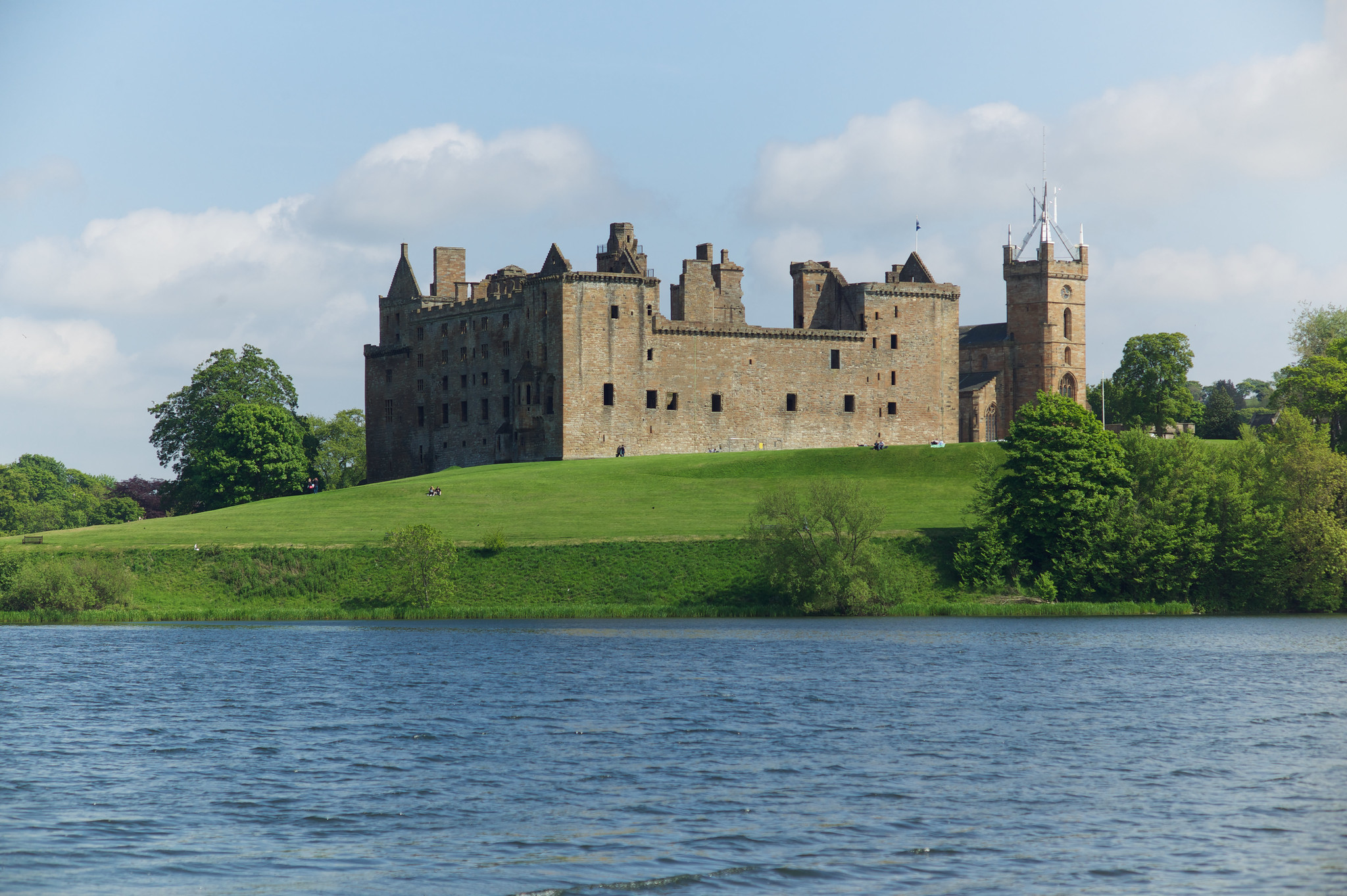
Linlithgow Palace, located in West Lothian, was the birthplace of Mary, Queen of Scots, and was once a grand residence for Scottish royalty. Built in the 15th century, the palace now stands as a magnificent ruin with its walls and towers still impressively intact. Open to the public, visitors can wander through the palace grounds and envision its former splendor. The palace overlooks Linlithgow Loch, offering a picturesque view that complements its historic ambiance. With its royal connections and striking architecture, Linlithgow is a captivating visit for history enthusiasts.
St. Andrews Castle
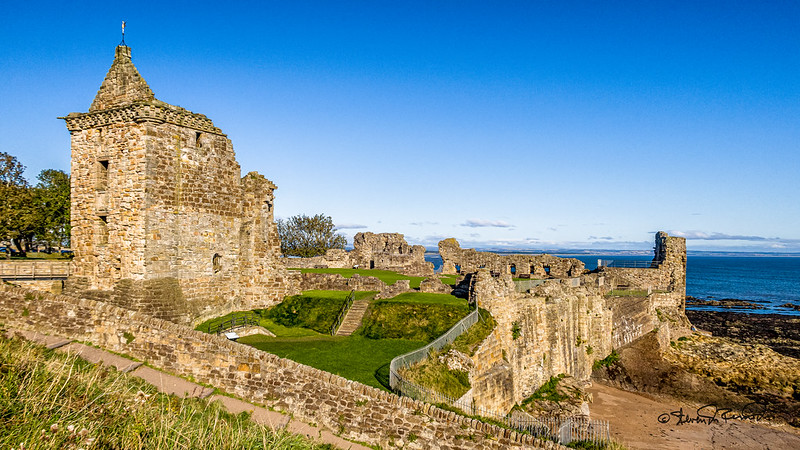
Overlooking the North Sea in the town of St. Andrews, this 13th-century castle has served as a bishop’s residence, fortress, and prison. The castle’s ruins, including the notorious “bottle dungeon,” are open to visitors who can delve into the castle’s dramatic and often turbulent past. The location provides stunning coastal views, making it a memorable stop for both history and scenery. Exhibits in the visitor center shed light on the castle’s role in religious and political conflicts. St. Andrews Castle is a fascinating glimpse into Scotland’s medieval history.
Castle Fraser
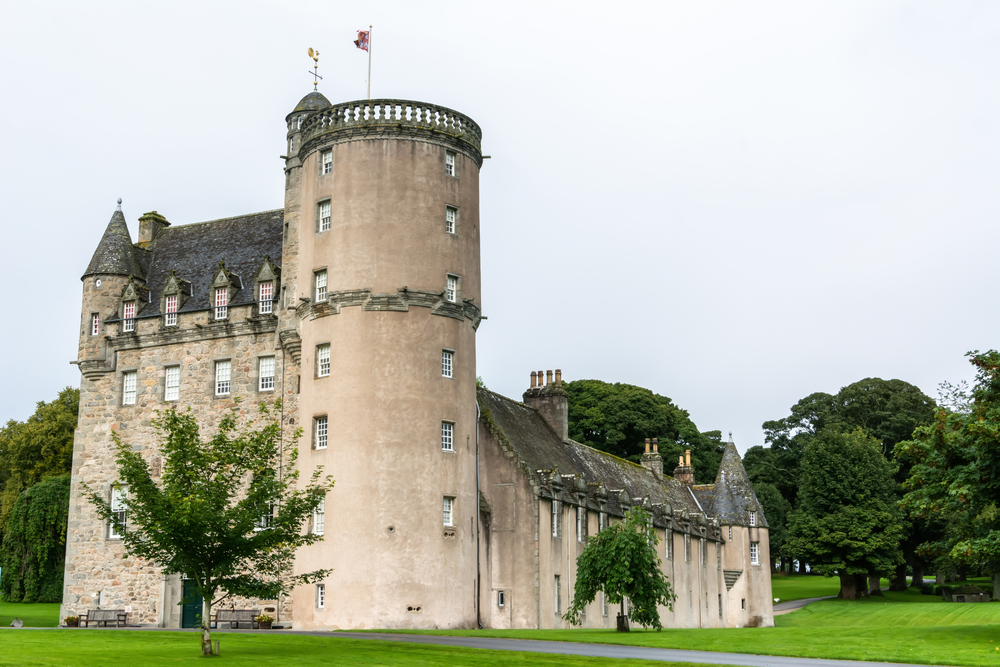
Castle Fraser, located in Aberdeenshire, is one of Scotland’s largest tower houses and dates back to the 15th century. Known for its fairytale-like appearance, it is surrounded by gardens and woodlands that are open to the public. Inside, visitors can explore rooms filled with period furniture, paintings, and intriguing family heirlooms. The castle’s tower offers views of the surrounding countryside, making it a great stop for photography. Managed by the National Trust for Scotland, Castle Fraser provides an immersive look into Scottish nobility’s life.
Doune Castle
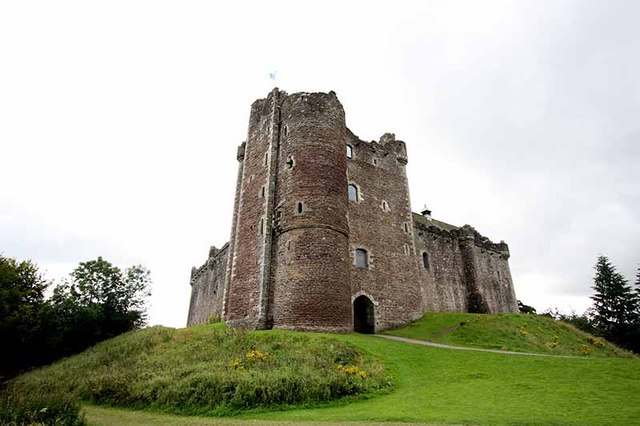
Nestled on the banks of the River Teith near Stirling, Doune Castle is a 14th-century fortress that has become famous as a filming location for *Outlander* and *Monty Python and the Holy Grail*. Visitors can explore its well-preserved rooms and battlements, and even take an audio tour narrated by actor Terry Jones. The castle’s strong, imposing architecture reflects its original defensive purpose, making it a remarkable medieval structure. Open to the public, Doune Castle is also known for its scenic riverside setting. Its film connections have made it a popular spot for fans and history lovers alike.
Threave Castle
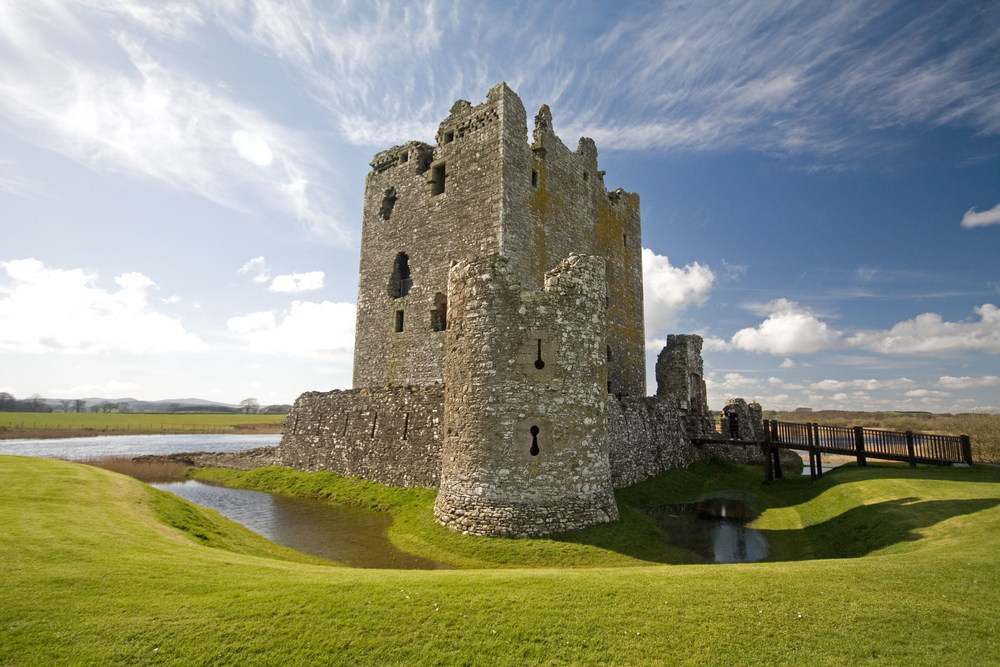
Situated on an island in the River Dee near Castle Douglas, Threave Castle dates back to the 14th century and was once a stronghold of the Douglas clan. Access to the castle involves a short boat ride, adding to the adventure of the visit. Open to the public, Threave offers a unique glimpse into medieval fortification design and the life of the Scottish nobility. The surrounding area is also a nature reserve, making it a peaceful place to explore beyond the historical site. Threave Castle’s remote location adds an aura of mystery to its ruins.
Dunstaffnage Castle
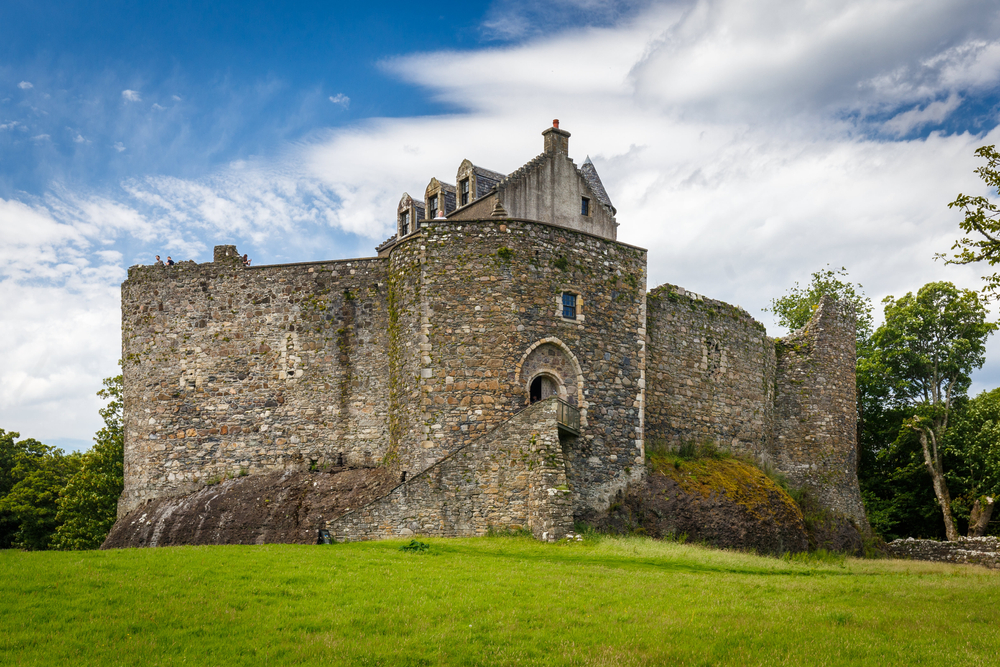
Overlooking the Firth of Lorn near Oban, Dunstaffnage Castle is one of Scotland’s oldest stone castles, built in the 13th century by the MacDougall clan. The castle is largely in ruins, but visitors can still explore its walls, gatehouse, and the small chapel nearby. It has a fascinating history as a power center in medieval Scotland and is open to the public for exploration. The castle’s strategic coastal location provided defense against sea invasions. Dunstaffnage’s dramatic cliffside setting makes it a picturesque stop for photographers and history enthusiasts.
Kilchurn Castle
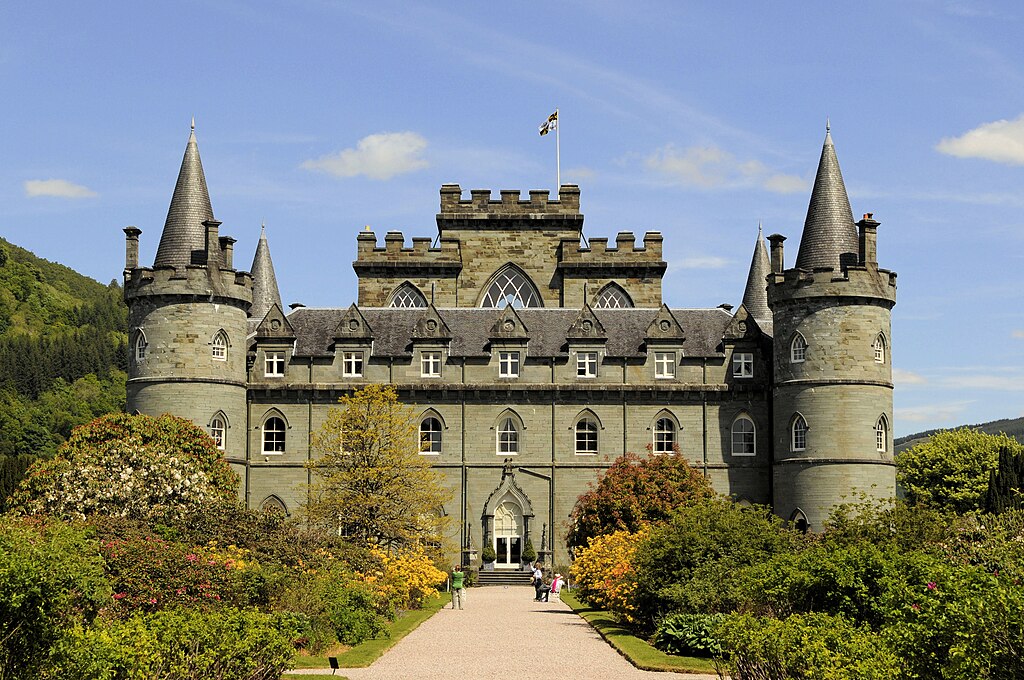
Located on the shores of Loch Awe in Argyll, Kilchurn Castle was built in the 15th century by the Campbell clan. Today, it stands as a hauntingly beautiful ruin that’s free to explore, with access during the summer months. The castle’s location offers one of the most photographed views in Scotland, with its reflection shimmering on the loch’s surface. Although it’s no longer furnished, its walls and towers give visitors a sense of its former grandeur. Kilchurn Castle is a favorite among photographers, especially at sunrise or sunset.
Aberdour Castle
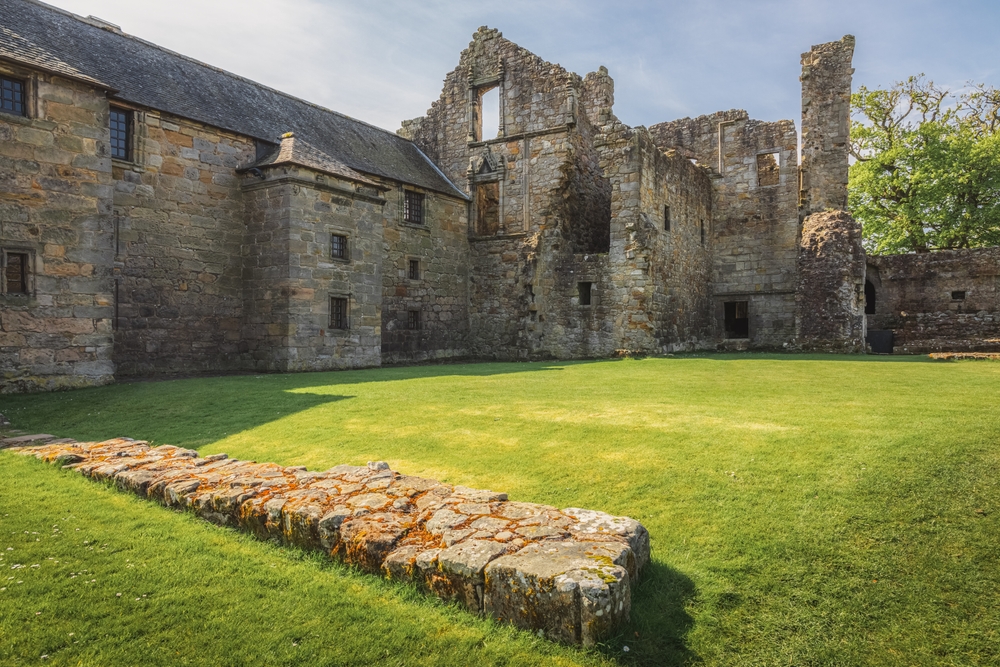
Situated in the village of Aberdour in Fife, Aberdour Castle is one of Scotland’s oldest stone castles, with parts dating back to the 12th century. The castle is surrounded by beautiful gardens and a historic dovecote, all open to the public. Inside, visitors can see well-preserved rooms and even a small gallery with displays on its history. The nearby village and the castle grounds make for a lovely day out. With its peaceful setting and ancient charm, Aberdour is a hidden gem worth discovering.
Kisimul Castle
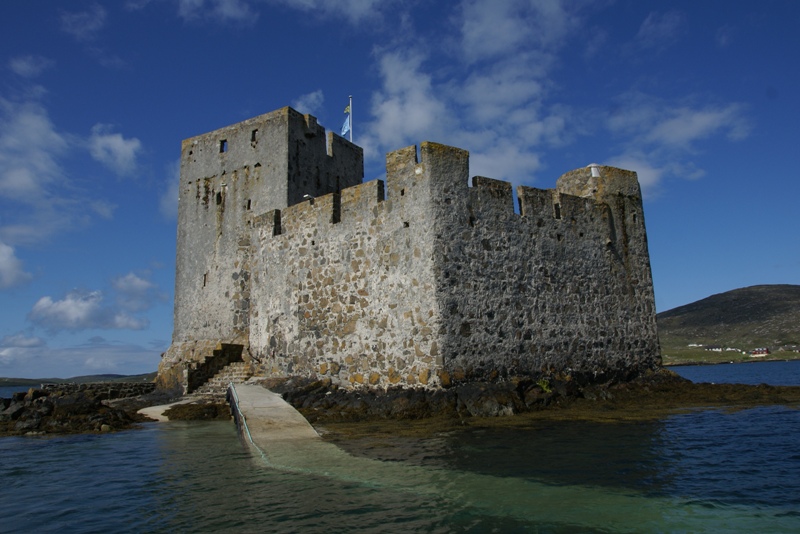
Known as the “Castle in the Sea,” Kisimul Castle is located on a tiny island in the bay off Barra in the Outer Hebrides. The MacNeil clan built this fortress in the 15th century, and visitors can only reach it by a small boat from Barra’s harbor. Open to the public, Kisimul offers a unique island castle experience with its preserved keep and towers. The castle’s remote, rugged location gives it a distinctive atmosphere that’s perfect for adventurers. Kisimul is an iconic symbol of the Outer Hebrides, holding centuries of clan history.
This article originally appeared on UnifyCosmos.
More from UnifyCosmos
23 Essential Tips for a Clutter-Free Kitchen
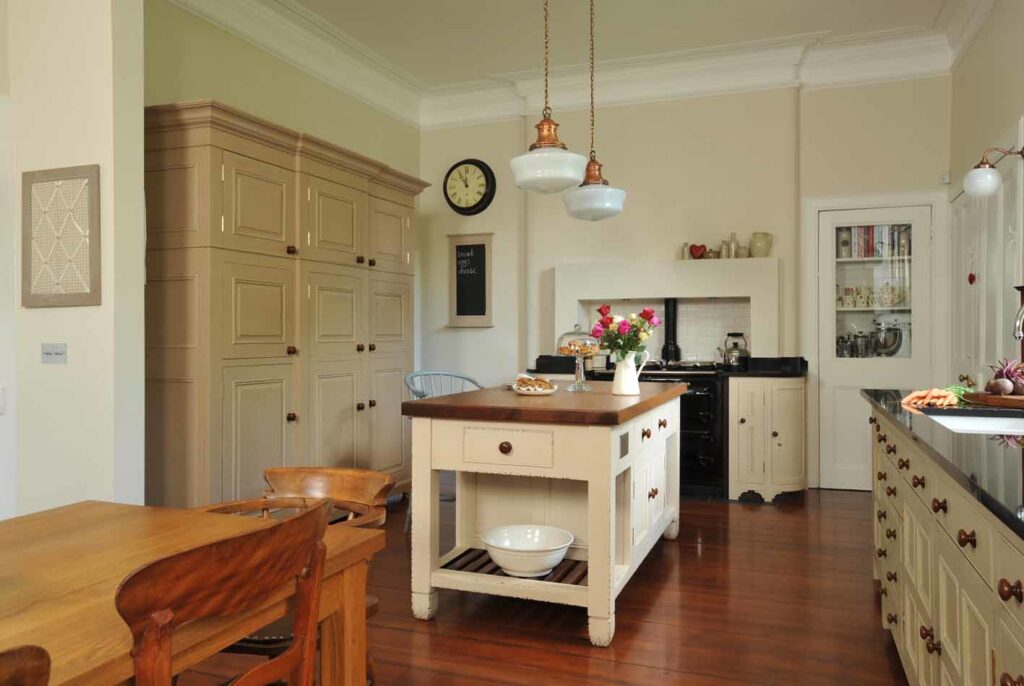
A clutter-free kitchen isn’t just about having more space—it’s about creating an organized and efficient area that makes cooking and cleaning a breeze. With a few smart tips, you can easily transform your kitchen into a tidy, functional space that works for you every day. Read More
23 Food Myths You Always Thought Were True

We all love food, but sometimes the facts we believe about it aren’t quite right. In this article, we’ll debunk common food myths and reveal the surprising truths behind them. Read More
25 Night Shift Jobs That Offer Big Paychecks

Working at night can offer lucrative opportunities for those who prefer late hours. From healthcare to security, night jobs often come with higher pay. Read More
Leave a Reply